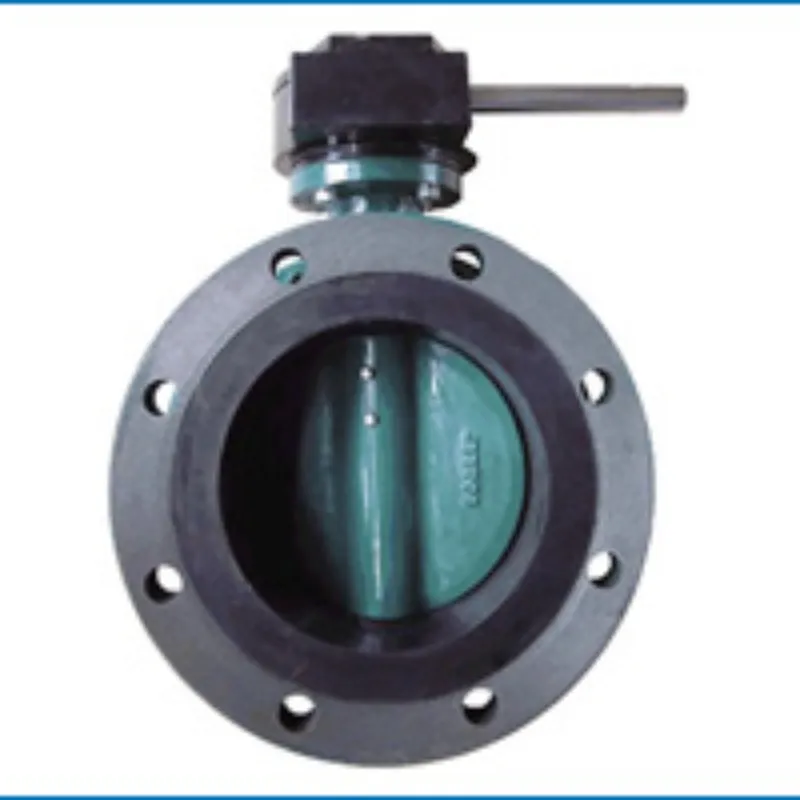10 月 . 11, 2024 13:51 Back to list
groove check valve
Understanding Groove Check Valves A Key Component in Fluid Systems
In various industrial applications, the need for effective control of fluid flow is paramount. One crucial component that plays an essential role in managing this flow is the groove check valve. A groove check valve is a type of one-way valve that allows fluid to flow in a single direction while preventing backflow, making it indispensable in many systems.
Design and Functionality
The design of groove check valves is notably simple yet highly effective. They typically feature a body with grooves that facilitate the secure attachment to pipes, ensuring a leak-free operation. The valve is equipped with a hinged disc or ball that opens when the fluid flows in the intended direction. Once the flow ceases or reverses, the disc or ball closes, thereby blocking any potential backflow. This mechanism protects equipment from damage, contamination, and the inefficiencies that can arise from reverse flow.
Applications
Groove check valves find applications across numerous industries, including water treatment, oil and gas, chemical processing, and HVAC systems. In water treatment facilities, for instance, they are crucial for maintaining the integrity of water supply systems. By preventing backflow, these valves ensure that treated water remains safe and uncontaminated. In the oil and gas sector, groove check valves protect pipelines and storage tanks from hazardous leaks and backflow, which can lead to costly downtime and environmental hazards.
groove check valve

Additionally, in HVAC systems, groove check valves help maintain pressure and prevent air or fluid from returning to the main supply
. This capability is particularly important in complex systems where efficiency and reliability are crucial for optimal operation.Advantages
The utilization of groove check valves offers several advantages. Firstly, their simple design results in easy installation and maintenance, making them a cost-effective choice for many applications. They can be manufactured from various materials, including brass, stainless steel, and plastics, allowing for adaptability to specific environmental conditions and fluid types.
Secondly, groove check valves provide a high degree of reliability. Their robust construction ensures long service life, which is vital in industrial settings where uptime is critical. The prevention of backflow not only protects equipment but also contributes to the overall efficiency of fluid systems, often leading to energy savings.
Conclusion
In conclusion, groove check valves are an essential component in the realm of fluid control. Their ability to prevent backflow while enabling one-way fluid flow makes them invaluable across various industries. With their simple yet effective design, they provide reliability, durability, and ease of maintenance. As industries continue to evolve, the role of groove check valves will undoubtedly remain significant in ensuring the efficiency and safety of fluid management systems. Whether in water treatment, oil and gas, or HVAC applications, understanding the importance of groove check valves is crucial for anyone involved in the design and operation of fluid systems.
Share
-
Understanding the Differences Between Wafer Type Butterfly Valve and Lugged Butterfly ValveNewsOct.25,2024
-
The Efficiency of Wafer Type Butterfly Valve and Lugged Butterfly ValveNewsOct.25,2024
-
The Ultimate Guide to Industrial Swing Check Valve: Performance, Installation, and MaintenanceNewsOct.25,2024
-
Superior Performance with Industrial Swing Check Valve: The Essential Valve for Any SystemNewsOct.25,2024
-
Industrial Swing Check Valve: The Ideal Solution for Flow ControlNewsOct.25,2024
-
You Need to Know About Industrial Swing Check Valve: Functionality, Scope, and PerformanceNewsOct.25,2024